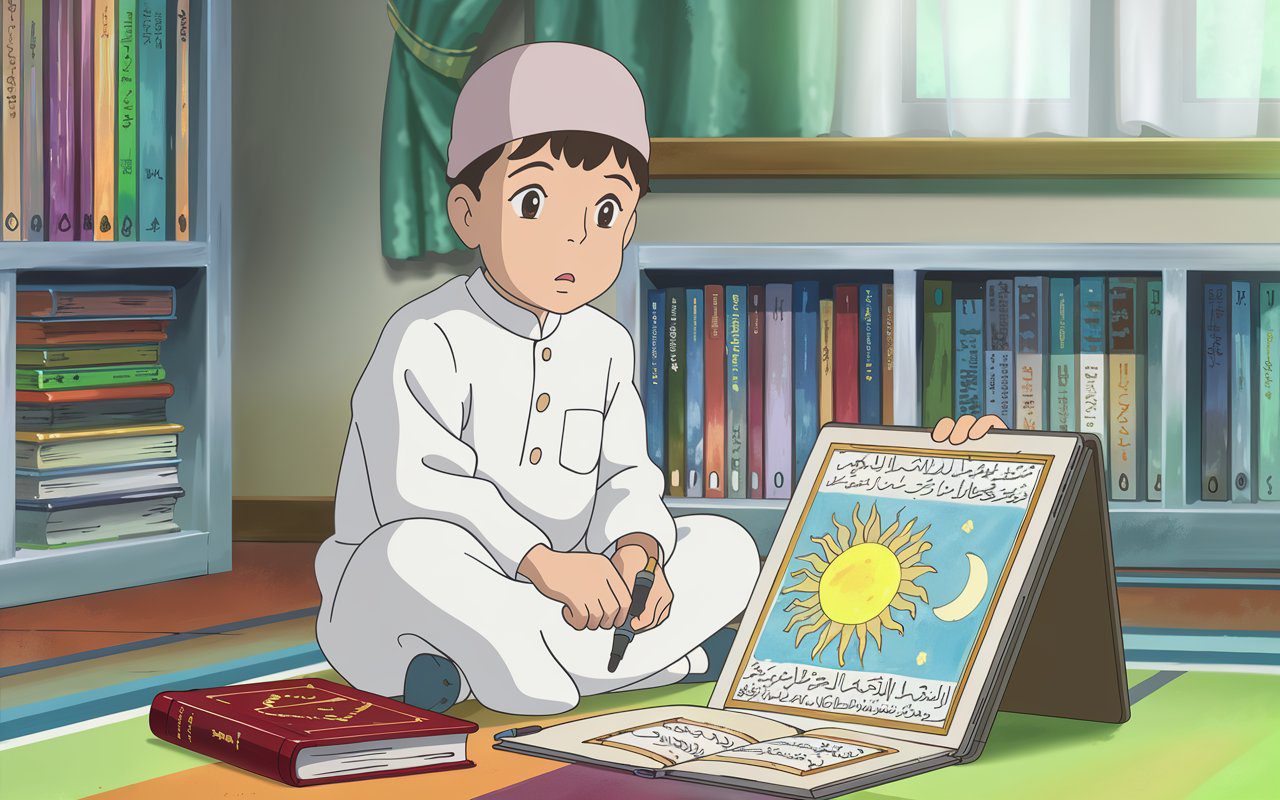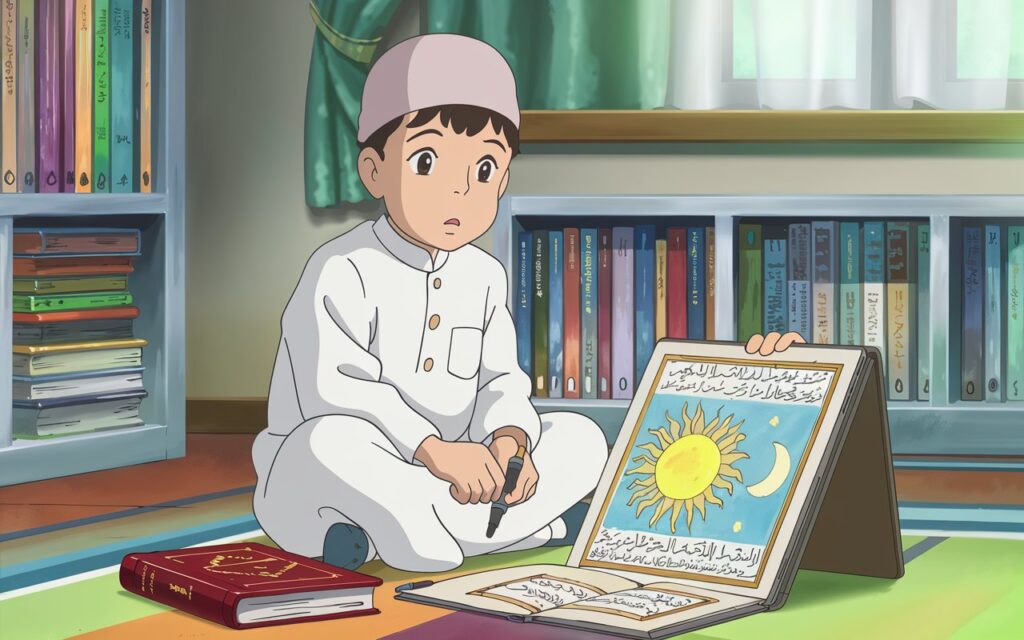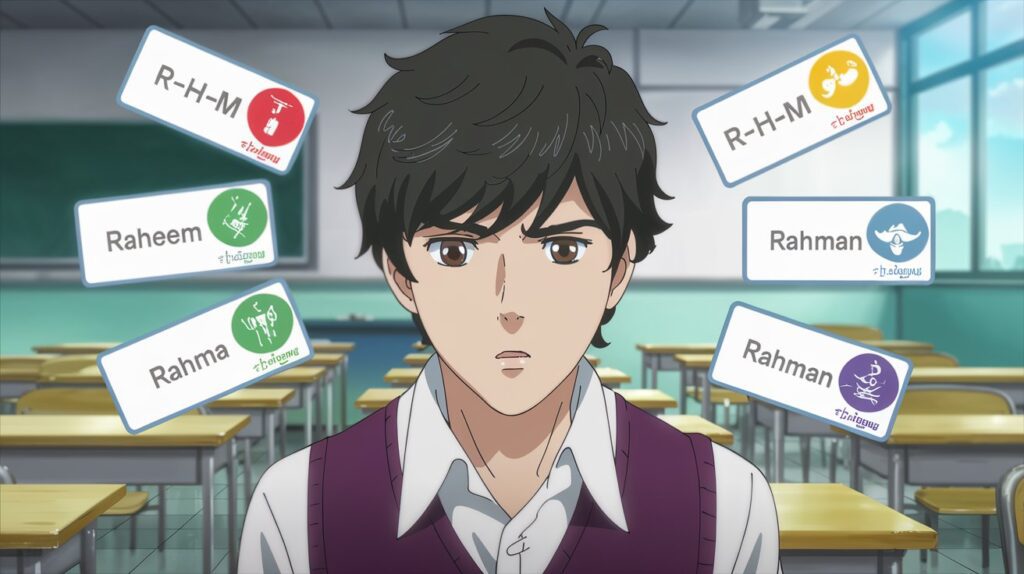
Quran Memorization for Non-Native Arabic Speakers: Understanding Makes the Difference
🕌 Introduction:
Quran memorization for non-native Arabic speakers can be especially challenging—especially when students are expected to repeat verses they don’t fully understand. For many children raised in English-speaking homes, the words of the Quran may sound beautiful, but without comprehension, memorization becomes frustrating and forgettable.
At Roots Muslim School, we believe there’s a better way: helping students understand before they memorize. This simple but powerful shift not only strengthens memory—it deepens love for the Quran itself.

🧠 Why Meaning Matters in Quran Memorization
Memorizing something you don’t understand is like copying notes in a language you can’t read. Yes, you may be able to write or recite it—but will it stick?
For non-native Arabic speakers, this challenge is even greater. Without comprehension, memorization becomes mechanical. But when a child knows what an ayah means, the ayah gains emotion, imagery, and purpose.
Just like a favorite story, meaningful content is easier to remember. For example:
- “Ar-Rahman Ar-Raheem” isn’t just a sound—it’s Allah’s names: The Most Merciful, The Continuously Merciful.
- Pairing this with a drawing of a child being forgiven or shown kindness locks the meaning—and the wording—into long-term memory.
🧠 The Cognitive Science: Why This Works
Studies in educational psychology show that comprehension creates memory hooks. When learners understand the why behind the what, they retain information faster and longer.
In Quran learning:
- Visual learning + word meaning = stronger memory
- Repetition with meaning = emotional connection
- Emotion + repetition = permanent memory
For young learners especially, this method turns memorization from rote to relationship.
📘 Learning Tip: Pair Every Ayah with a Visual or Root Word Meaning
At Roots, we teach this in a three-step framework for each ayah:
- Visual Cue: Add a picture, skit, or visual story representing the ayah.
- Root Word Spotlight: Highlight a key Arabic root, like ر-ح-م for mercy, and show how it appears across surahs.
- Mini Discussion: Involve the child in discussing what the ayah means and how it connects to them.
Even a few minutes of this before starting repetition drastically improves the success rate.
📚 Roots Muslim School’s Approach
Roots combines Quran memorization with Arabic root word education—so even beginners start to “see” the Quran from the inside out.
Whether in live sessions or digital resources, students are taught:
- Keywords from the Quran
- Simple tafsir stories
- Flashcards with visuals
- Games for root word review
This interactive, tech-friendly style helps children in the U.S. and U.K. own their Quran—not just recite it.

🎓 For Parents: How You Can Help
You don’t need to be fluent in Arabic to support this method at home. Try this:
- Before reciting a new ayah, ask: “What do you think this means?”
- Use illustrated Quran word books or short tafsir videos made for kids
- Stick one Arabic root (e.g., حمد, سلم, رحم) on the fridge each week
By connecting the heart to the ayah, you help your child connect the ayah to memory.
🔚 Conclusion: From Reciter to Reflector
Quran memorization isn’t just about finishing a surah—it’s about letting the words live inside you. For non-native Arabic speakers, that starts with understanding.
🌱 At Roots, we teach kids to move from repeating to reflecting. Because when they know what they’re saying, they never forget it.
📢Ready to try Quran learning that builds both memory and meaning?
👉 Join a free trial of our Quran + Arabic Root Word Program today!



